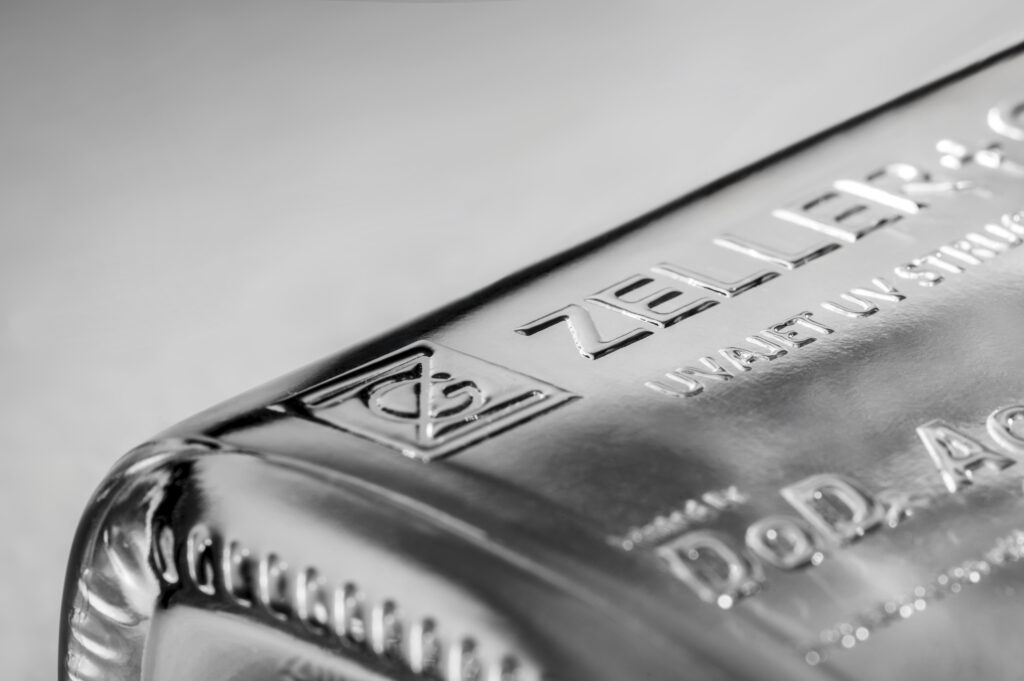Industrial inkjet printing differs from graphic applications in that industrial printing is a sub-process of production. It is therefore integrated into an existing production process - a kind of product component. Printing adds information and properties, refines, increases the quality and functionality and therefore the value of the product. The decoration is therefore part of the end product.
As a non-contact printing process suitable for industrial use, inkjet is suitable for an astounding variety of applications on rigid and flexible materials. These include stainless steel, sheet metal, plastic, wood, glass, cardboard and ceramics in almost any shape and size. UV-curing, aqueous and special inks can be used to print not only on paper and film, but also on objects of all kinds.

Inkjet printing technologies therefore offer great potential for future growth in industrial decoration processes. Shorter delivery times, serialization, counterfeit protection and the ability to print three-dimensional objects directly in high quality are just a few of the major advantages and also important unique selling points that digital printing can offer in the industrial sector. All of this is leading to an increased implementation of digital printing in converging analog markets.
Hybrid solutions from Zeller+Gmelin with primers and top coats have proven themselves over the years. High-quality printing of complex shapes is now also possible. The newly introduced digital printing inks have been developed for industrial printing applications on flat and three-dimensional shapes, e.g. on glass, plastic, metal and wood.
Applications
- Glass decoration
- Coding + Marking
- Coatings + Adhesives
- Direct-to-Shape (molded body)
- Digital Embellishment